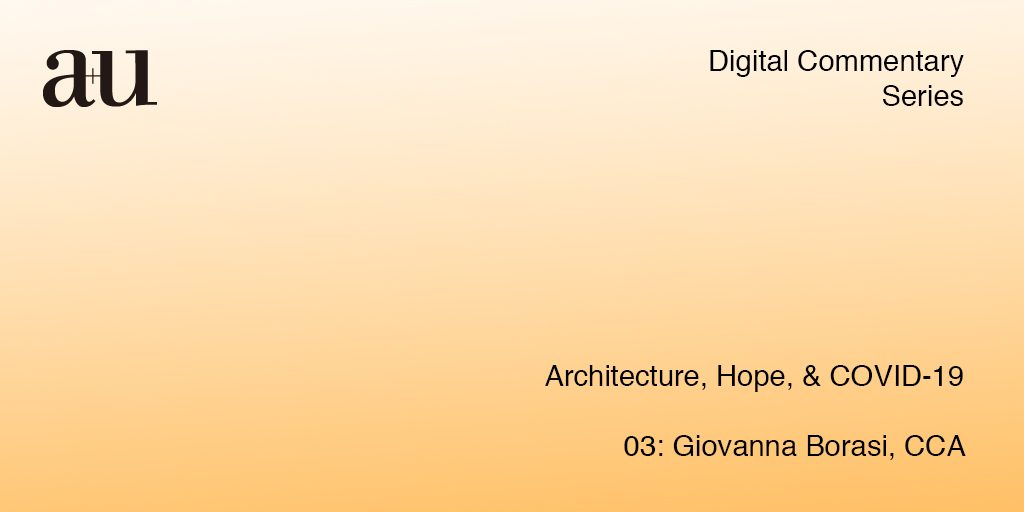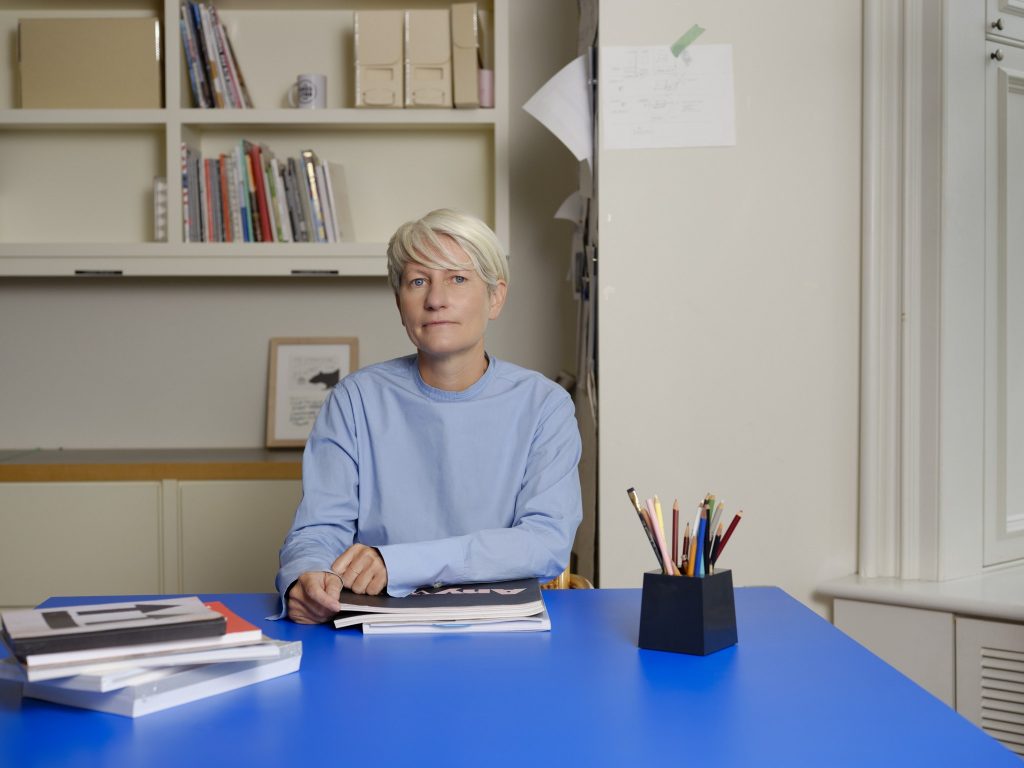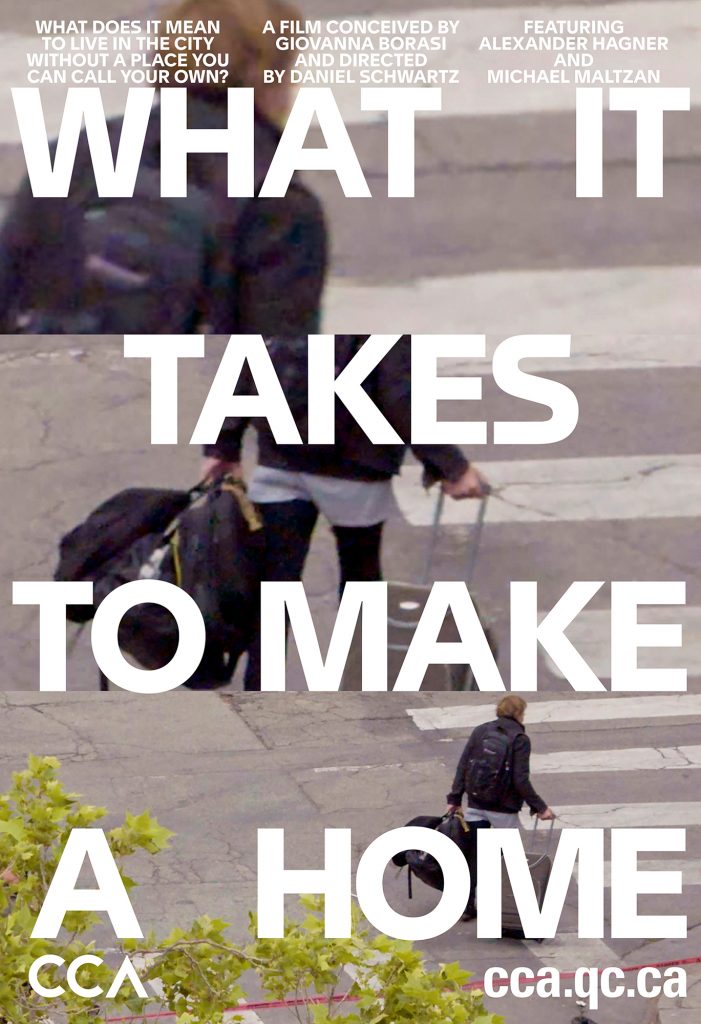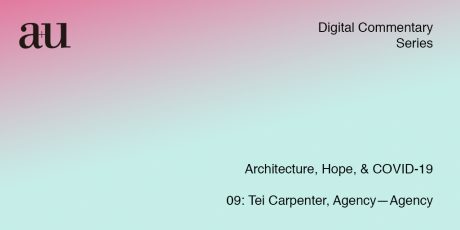Wednesday Giovanna Borasi
This pandemic has been a jolt to our system, bringing into focus architects, planners, and urban designers’ roles in shaping our communal well-being and laying bare fractures in our current system. I think our response should not be one of immediate action; we are not doctors or nurses needed on the frontline. Looking at the roles of architects, planners, and urban designers can play beyond this crisis, we should look at what they have done prior to it, and task ourselves to carefully reflect on how our built environment has fared in these difficult times.
Now we must ask ourselves: did we design considering comfort, light, air, program adaptability, loneliness, scarcity, absence of time, distancing, routines, sharing, collectiveness, and silence? These are certainly only a few of the things architects and designers should take into consideration. They should observe, critically, to build a new agenda for a new society. And to advocate for these criteria as necessary. Architecture responds to societal needs, but our response could change society too. We have experienced a collective loss of the rituals that shape the everyday; to assume they will return as they once were before may be naïve. New programs, new typologies, and new rituals will be necessary. Not new utopias, or dystopias cynically created around this emergency, but thoughtful, focused, and inclusive thinking.
Somehow this difficult time during lockdown and self-isolation is a critical review of what these disciplines have done to build a healthy environment. Similar to a traditional stress test, extended from a design object to the urban realm. Those who do have access to housing are grappling with the deficiencies found in their living conditions. The delineation between the private and public realm has been increasingly blurred due to 24/7 digital connection and the constant mix of programs related to work, leisure, and living, all being collapsed into one place, burdening the domestic realm with much of life’s everyday responsibilities. For a large swath of people, their spatial realities are insufficient in accommodating the offloading of programming, and its required space, promised to be upheld by the city (open space, greenery, a place to work, exercise, etc.). This crisis shows us clearly how housing is necessary, but even more how the complexity and the richness of the city is irreplaceable.
Above all, architects, planners, and urban designers need to stand firm in their convictions, and not accept the ease in which certain economic models will lure us back into the comfort of a familiar normality. Normal was not working. I think we must take heed from what happened to the great environmental ideas developed during the 1973 oil crisis; once oil prices stabilized all these forward-looking ideas were abandoned, as they required some effort and commitment from the community to drastically modify their lifestyle.
So, we just need a smart and nimble plan. And more than anything we need to stick to the plan.
Giovanna Borasi has recently been involved in the making of a short documentary film, What It Takes to Make a Home. Conceived by Giovanna Borasi and directed by Daniel Schwartz, What It Takes to Make a Home is the first of the three-part documentary series produced by the CCA. This series examines the ways in which changing societies, new economic pressures, and increasing population density are affecting the homes of various communities.








